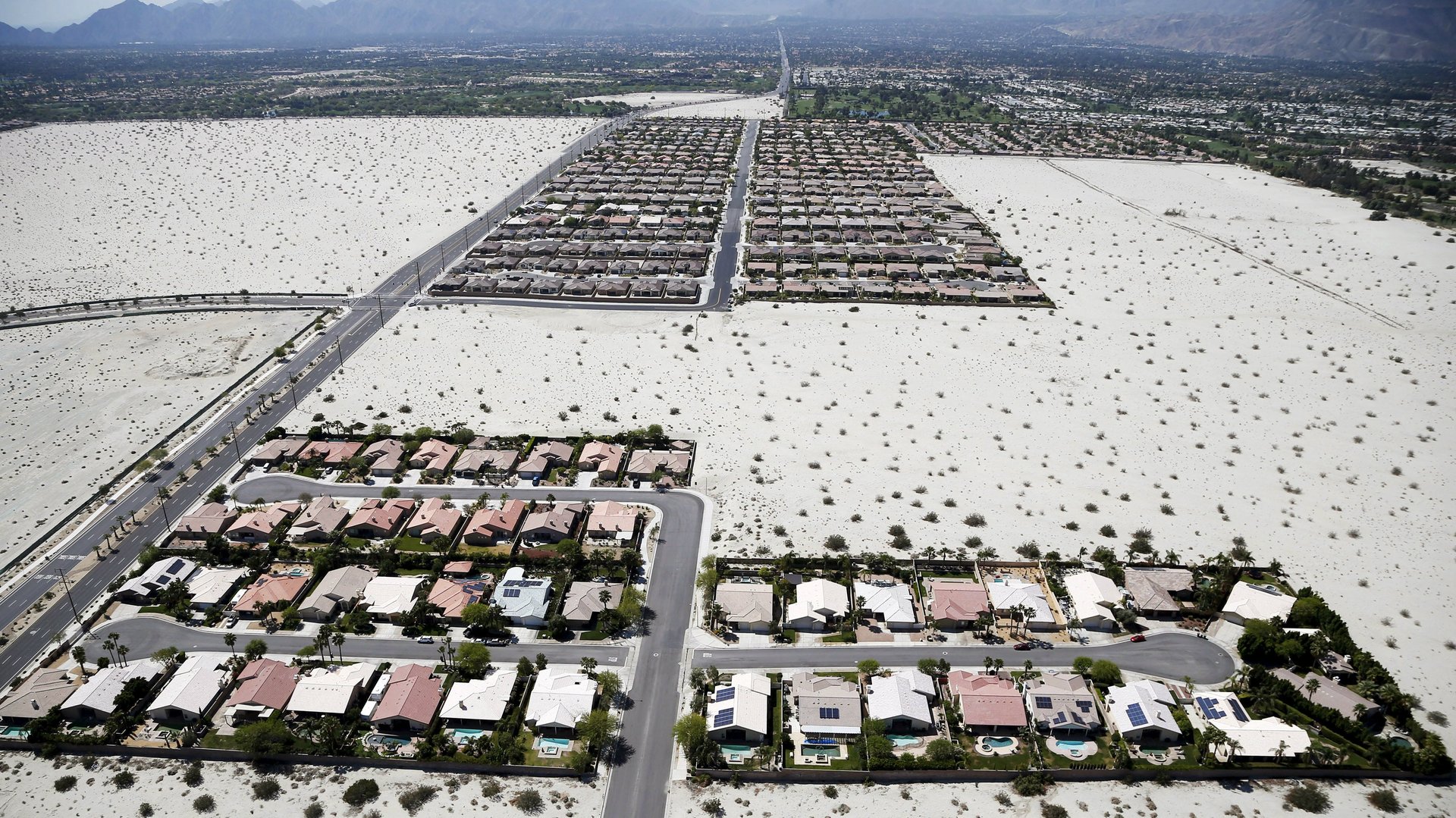Research says 27% of California’s drought attributable to climate change
As California’s four-year drought has drinking and groundwater reserves at dangerously low levels, households rationing water, and the agricultural sector struggling to keep its crops alive, the question has been: how much of a culprit is climate change? New research published Aug. 20 now says as much as 27% of the drought can be attributed to global warming.


As California’s four-year drought has drinking and groundwater reserves at dangerously low levels, households rationing water, and the agricultural sector struggling to keep its crops alive, the question has been: how much of a culprit is climate change? New research published Aug. 20 now says as much as 27% of the drought can be attributed to global warming.
That new research published in the peer-reviewed journal Geophysical Research Letters, by scientists at Columbia University and the University of Idaho, examines how quickly warming temperatures from the buildup of greenhouse gases in the atmosphere is sucking California’s soils and plants dry, a process known as evapotranspiration, and how drastically that process is increasing the severity of the current drought, said the study’s lead author, Park Williams, a Columbia bioclimatologist.
“Climate change is like a bully,” Williams said. “Warmer temperatures steal moisture from California’s water budget like a bully would from a bank account. Every year, as temperatures continue to rise, they take more and more moisture away. In the beginning it isn’t really detectable, but after 120 years of warming, it is.” And with no rainfall to replace the moisture during periods of drought, he explained, this lack of soil moisture worsens dry conditions.
The drought currently desiccating California has cost the state’s economy an estimated $2.7 billion in 2015. The Central Valley is literally sinking 2 inches per month as dwindling groundwater supplies are sucked up to feed agricultural irrigation systems. Giant sequoia forests are showing early signs of dying of thirst. Wildfires are sweeping through dry California woods.
Until now, most research into climate change’s influence on the California drought has focused on whether rising temperatures in the ocean and atmosphere have decreased rainfall that originates over the Pacific Ocean. The National Oceanic and Atmospheric Administration concluded in 2014 that this has not occurred, though a few papers published recently have challenged that assessment.
There is, however, scientific consensus that global warming has worsened the drought through increased evapotranspiration. By how much, though, is the question Williams and his colleagues sought to answer.
The scientists analyzed 432 different combinations of precipitation, temperature, wind, and radiation data gathered between 1901 and 2014 to simulate monthly changes in soil moisture across the state. They then modeled these combinations against various greenhouse gas emission scenarios. The researchers found that the dearth of rainfall plaguing California is due to natural variability—a finding in line with most other studies—but that between 8% and 27% of the overall drought severity is due to the drying of soils because of climate change. Williams said the more likely range, considering the most realistic warming trends, is between 15 to 20%.
“The study is a reaffirmation of what earlier studies have found, i.e. that warming contributes to the extreme drought both in intensity and frequency,” said Simon Wang, a Utah State University climate scientist who has studied California’s drought. “Yet the paper adds some quantitative measure about the contribution of human-caused warming on the drought. Those numbers are an important contribution as it tells the public just how strongly warming affects our local climate.”
Kevin Trenberth, a climate scientist at the National Center for Atmospheric Research (NCAR) in Boulder, Colorado, said the study is useful and that “the results seem very reasonable, if slightly conservative.”
But he did have concerns with the low end of the estimate, 8%, which was calculated using a constant, permanent increase in greenhouse gas emissions and climate change. Such a scenario does not exist, he said, and the result should be omitted from the study.
“We know there is no human climate change of consequence before about 1950 and it really only gets large enough to be noticed (outside the noise of natural variability) after about 1970,” he said. “To use a linear trend as an anthropogenic scenario is an absurdly wrong thing to do. It gives the low-ball estimate of human contributions.”
Williams said he and his colleagues had originally omitted the linear climate change trend, but that other scientists who reviewed the paper before publication asked that it be included. Trenberth also said he wished the researchers had included data from 2015 into the analysis. Williams agreed.
Williams and his colleagues found that while the 2012-14 drought has been bad in California, it hasn’t been the state’s worst in recent decades. That distinction goes to the 2007-09 drought. This current drought seems so much worse, he said, because it is impacting California’s key agricultural region, the Central Valley, the heavily populated southern and central coasts, and the iconic Sierra Nevadas. The 2007-09 drought was focused mostly in the Mojave Desert.
The findings published this week have major implications on California’s water management, Williams said. For years the state has entered crisis management mode when a drought hits, only to seemingly forget about it when rainfall picks back up.
“California water managers already have a difficult and complex job, and they tend to look at drought variability on a year-to-year basis,” said Williams. “But it is going to be increasingly difficult to make ends meet in terms of water supply and demand if they look only at precipitation. If they don’t start looking also at evapotranspiration, this job will get impossible.”
This post originally appeared at InsideClimate News.